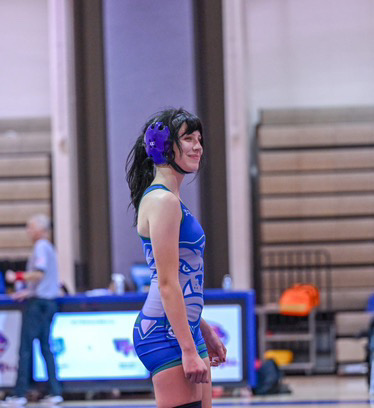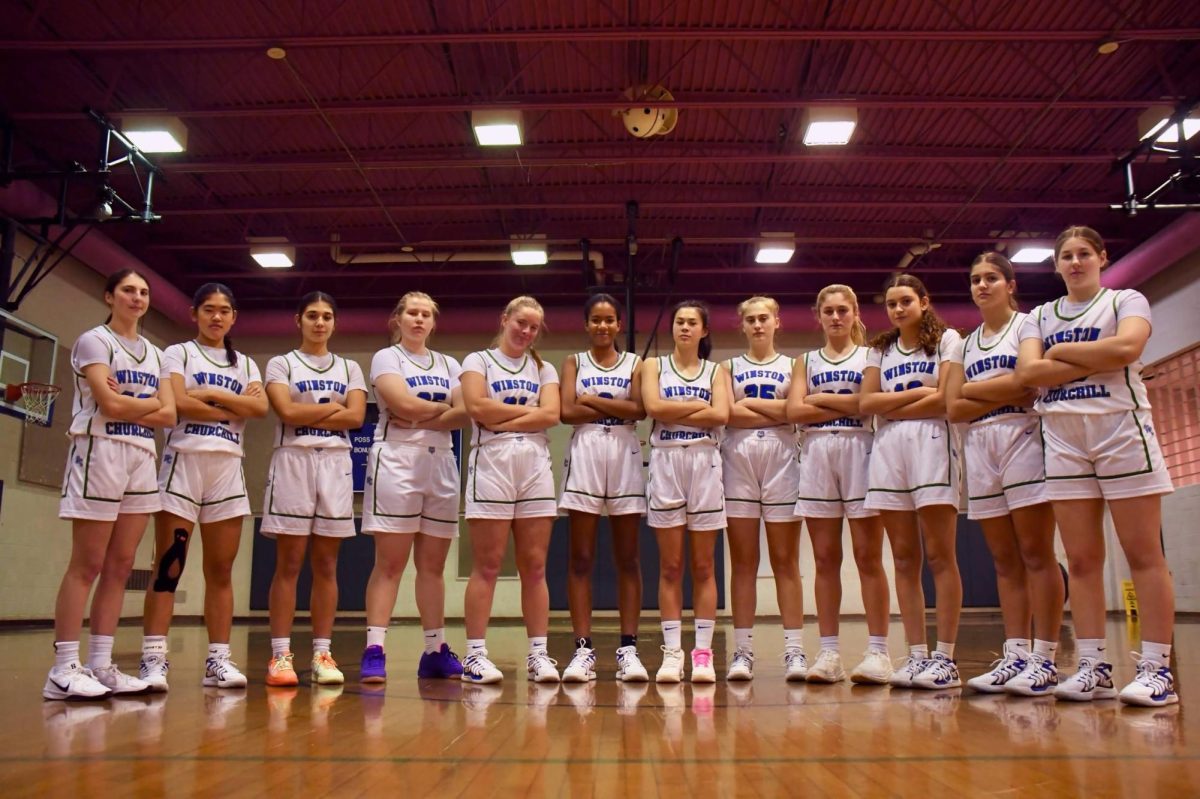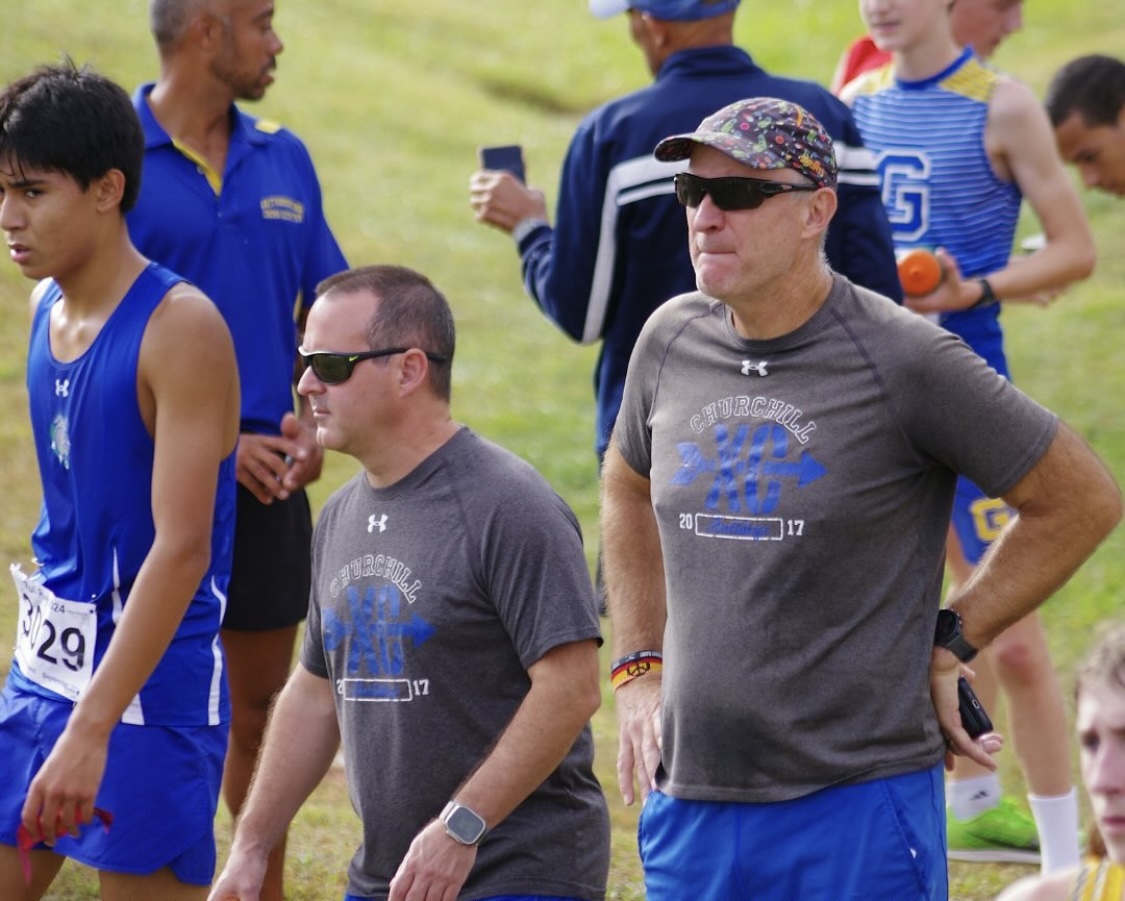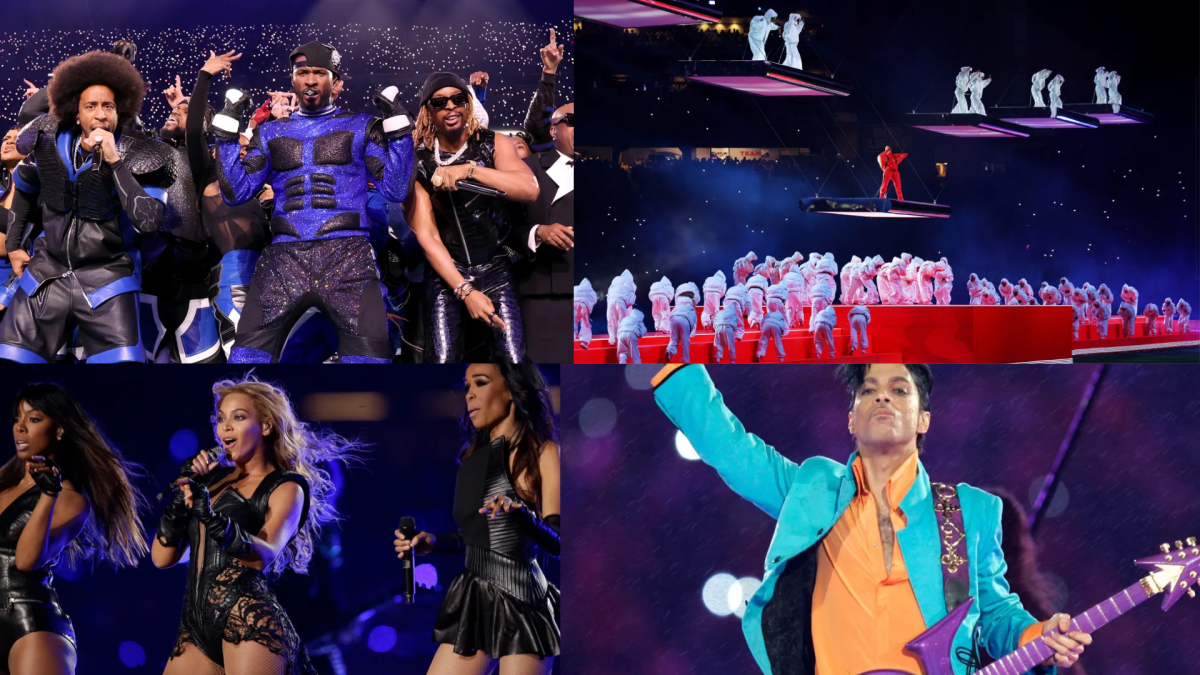For six months of the year, in winter and spring, a shady, secluded spot at the far end of the CHS track becomes my home every day after school. There are weeds growing amidst forgotten gravel and long pieces of wood. Spray paint covers the dirt, the nearby trees, and a huge metal container next to the fence. Small, worn-out spheres, some rusty metal and others chipped plastic, can always be found nearby. If shotput is the forgotten sport, the practice space is the forgotten playground.
At the beginning of the 2012 indoor track season, my fellow throwers and I took the initiative to try and fix the shot-put area ourselves. Many hours that could have been spent practicing were instead wasted on digging up dirt, laying down tarp and shoveling gravel to give our area a more professional appearance.
Despite our good intentions and a solid effort, our lack of knowledge of landscaping and the difficulty of digging through frozen earth in the winter doomed our plan. By the beginning of this season of indoor track, the weeds had broken through the tarp we laid down and consumed the gravel as well.
It is ironic that directly next to the decay of the shot-put field lies a gleaming new scoreboard, purchased only last year by the CHS Booster Club. While my sport needs new equipment, a renovated practice space and possibly some more recognition, it was deemed necessary to build an entirely new scoreboard that costs many times more than what it would take to beautify the throwing circle.
According to Booster Club President Larry Tanenbaum, the scoreboard was requested by former athletic director David Kelley because of cost issues associated with the old one. It was simply less expensive to build a new one than to maintain the old one.
The scoreboard admittedly looks great, and its digital features are sure to make rival schools jealous, but it is unnecessary to run a sport. For most sports, a stopwatch and a piece of paper could easily replace the digital display. For the throwing team, an area for practices and meets is vital for the sport’s survival.
Though the new scoreboard at Shepherd Field was purchased directly by the Booster Club, other items for individual teams must be purchased through fundraisers that must be approved by the Booster Club beforehand.
For larger teams such as basketball and football, raising the money is often never an issue. For less visible teams such as track and field, and especially the tiny group of throwers, being granted the ability to raise a sufficient amount of money, is difficult to say the least.
Though not all CHS sports are equal in size and popularity, they are equal in the fact that they all represent the green and blue of the Bulldogs. Instead of catering to the needs of one or two sports, the Booster Club and other fundraising organizations should try to help all of them.







